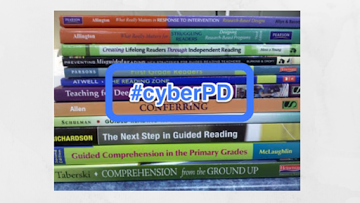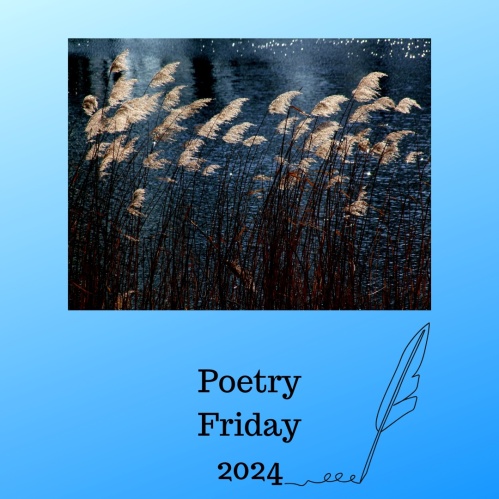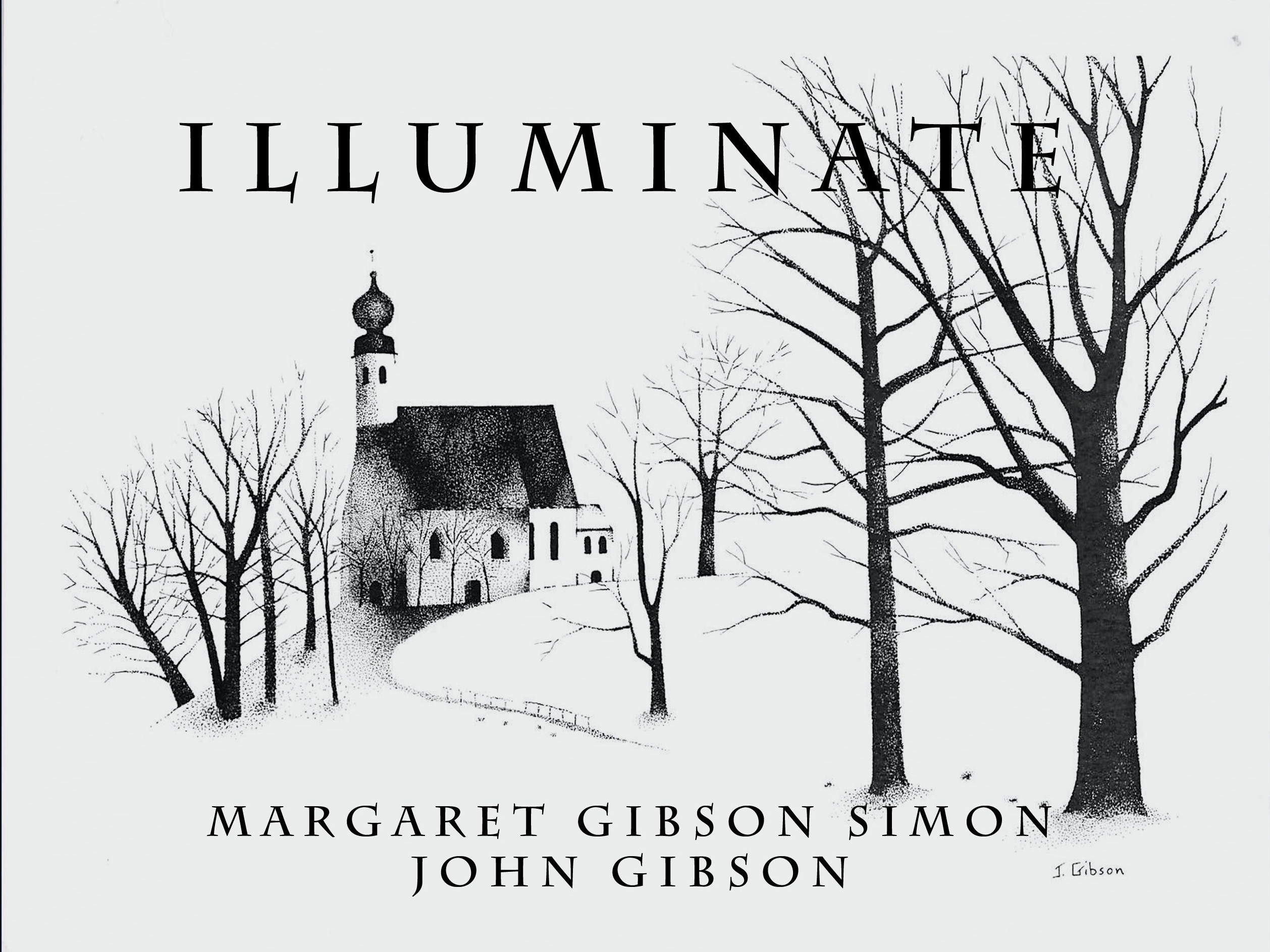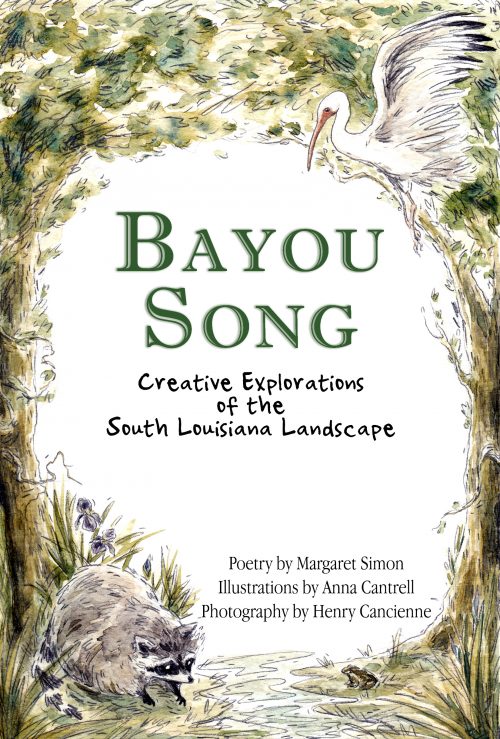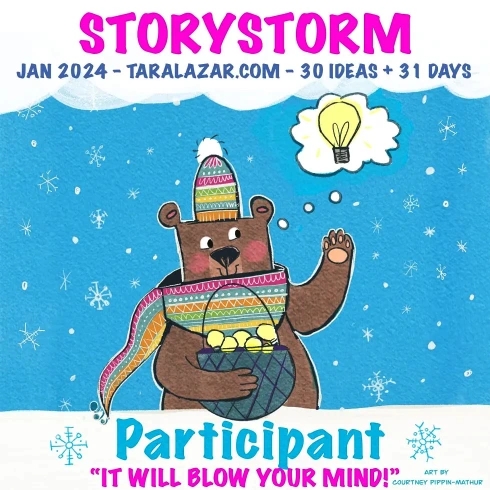Not really, but I didn’t get the DigiLitSunday post up this morning. I have my excuses. Don’t we all? But the basic reason was self-doubt. I battle this as much as anyone. Even some of my favorite authors go through this, so why would I expect anything different of myself?
I’ve been trying to keep up with #cyberPd. This group is reading and responding to Dynamic Teaching for Deeper Reading by Vicki Vinton. This week’s posts are around chapters 7 and 8. I just now finished chapter 7, so I didn’t do all of my homework. I was reminded by a friend that this is a self-made assignment and if I don’t want to do it, nobody will care. That is true, but then I had to re-assess why I am reading and writing in the first place.
I want to be a better reader, a better writer, and a better teacher of both reading and writing. I believe that I should practice what I preach. So, for better or worse, here I am. If you did write a digilit post, link up below. It’s not too late.
Chapter 7, Creating Opportunities for Readers to Interpret, begins with this epigraph:
We search for patterns, you see, only to find where the patterns break. And it’s there, in that fissure that we pitch our tents and wait. –Nicole Krauss
Readers do not build interpretations on what is obvious in a text. We sit in the fissure of broken patterns, wondering, questioning, testing out our theories, and peeling away the layers the author has set up for us.
I feel I have done a disservice to my gifted students in not helping them understand that we don’t always understand. Julieanne Harmatz wrote in her reflections about Chs. 7 & 8 that we must embrace confusion as part of learning. Vicki Vinton shows me how to honor my students’ thinking and hold onto it in order to promote engagement, a sense of agency, and ownership. They need to understand that not knowing is part of the thinking process. And what’s wrong with going back to the text to re-read?
Have you ever had an Aha moment while reading, and turned back to say, “Oh, that’s what that was about!”? Of course you have. Because that is how authors grab us and make us want to read more. By focusing on the process rather than the product (test, essay, whatever), we can mold our students into problem-solving thinkers.
Reading is a transactional act. The text comes alive in our minds when we interact using our own interpretations and our own hearts. Then a story becomes real and meaningful. We can encourage this flexibility of thought within our classrooms. Vicki Vinton helps show us how.





